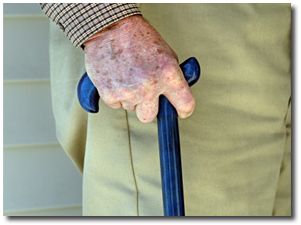Stroke Recovery Animal Models & CRO Services
Stroke affects people of all ages. There are approximately 7 million stroke survivors in the U.S. Stroke commonly results in substantial and multi-dimensional disability in patients, including disturbances in walking, speech, arm function, balance, memory, vision, swallowing, etc.
Some degree of recovery is common after stroke. However, other than physical, occupational, and speech therapies, there are few drugs, devices, or cell therapies currently on the market that accelerate or enhance recovery after stroke.
Clinically, stroke recovery can be divided into two phases: subacute, occurring days to months after stroke; and chronic, occurring months to years after stroke.
NeuroVasc investigators were among the pioneers in the development of animal models of stroke recovery in the subacute and chronic phases. These include rat models of focal stroke, compatible with long survival of animals, suitable for investigation of recovery-promoting treatments. Treatments can be initiated days to many months after stroke onset. Endpoints for these studies include serial behavioral evaluation of animals and histology.
As of the current time, NeuroVasc has participated in preclinical studies of four stroke recovery-promoting treatments (including small molecule and cell-based therapies) that have been advanced to human clinical trials by their respective sponsors.


